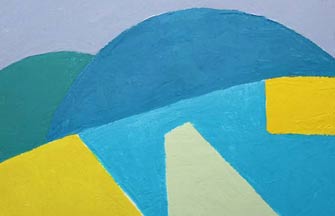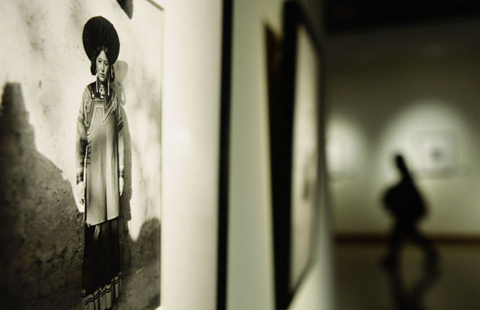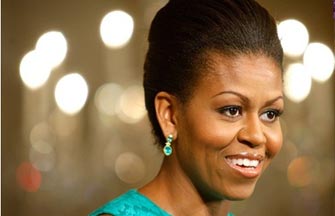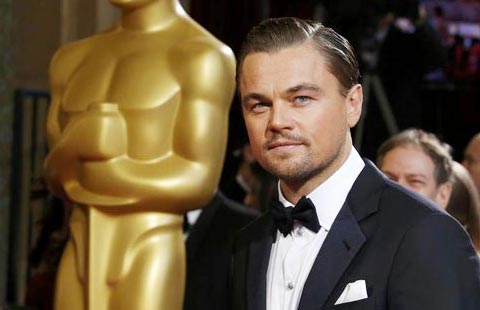Museum aims to serve the public
By Zhang Kun ( China Daily ) Updated: 2014-01-17 07:17:03
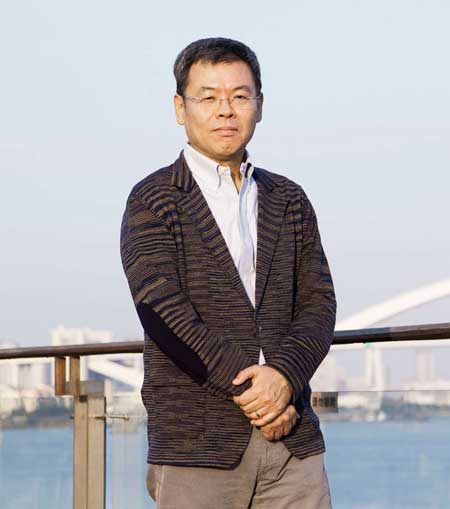 |
|
Chinese-Indonesian Budi Tek says his Yuz Museum in Shanghai is built on the same level as large private museums in the world, such as MoMA and Guggenheim. Provided to China Daily |
Budi Tek made it very clear that his new private museum in Shanghai is for nothing but art.
The Chinese-Indonesian has been an important collector of contemporary Chinese art for more than 10 years. In May, his Yuz Museum-housed in a renovated airplane factory-will open to the public in Shanghai.
"I have no business projects in China," he told the media after a ceremony to celebrate the completion of the reconstruction works on Jan 8.
"Yuz Museum is not related to any real estate development or anything else. We are here independently, purely for art."
Tek, 56, is the president director of Sierad Produce, a leading poultry company listed on the Jakarta stock exchange. His private Yuz Museum opened in Jakarta, Indonesia, in 2008.
The new Yuz Museum in Shanghai sits on the west side of Huangpu River. The renovation of the building was designed by Japanese architect Sou Fujimoto, who is famous for building permeable enclosures in minimalistic structures.
Yuz Museum is one of the projects of Xuhui Waterfront, which stretches 8.4 kilometers along the west bank of the Huangpu River. Neighboring Tek's museum is the new building of Long Museum, also a private establishment, owned by Liu Yiqian and his wife Wang Wei.
The main exhibition hall of Yuz Museum used to be an old aircraft hangar. The 3,000-square-meter space and 10-meter high roof is suitable to display the large installation works among Tek's collections, which includes an installation made with the frame structures of real planes by Adel Abdessemed, a conceptual artist based in Paris.
Tek declined to talk about the huge amount of money he invested in collecting art and building the museums. One of his big purchases was in 2010, when he paid $6.7 million for an early-period painting by Zhang Xiaogang depicting a yellow baby, titled Chapter of a New Century-Birth of the People's Republic of China II.
"It is a very very important piece. Maybe it will be one of the most important in a few decades when people write the art history of our time," he says.
"A collector will tremble in front of a great artwork. I am a poor man for art."
While most of China's established private collectors are keen on classical Chinese art and established modern artists' work, Tek is particularly enthusiastic about contemporary art.
|
|
|
|
|
|
|
|
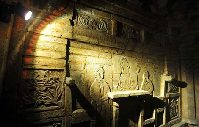
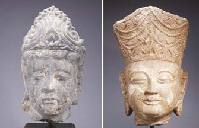

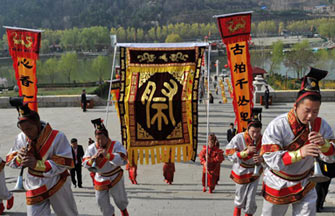
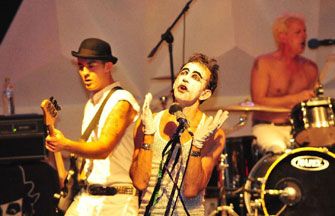
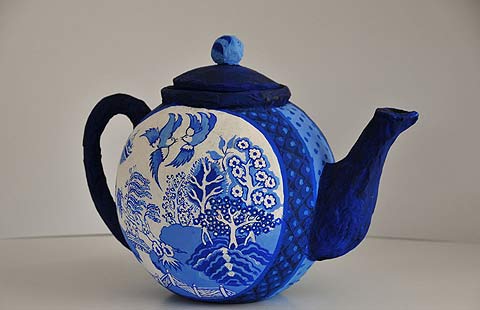

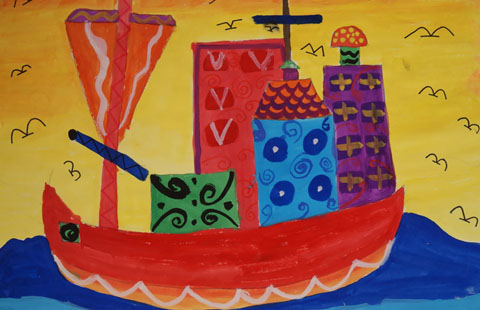
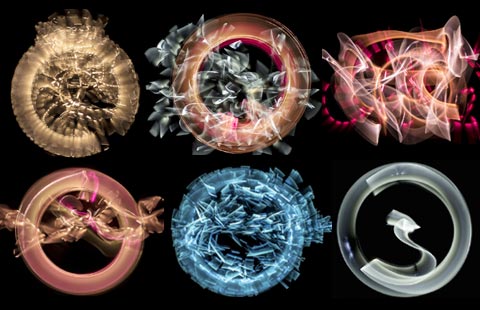



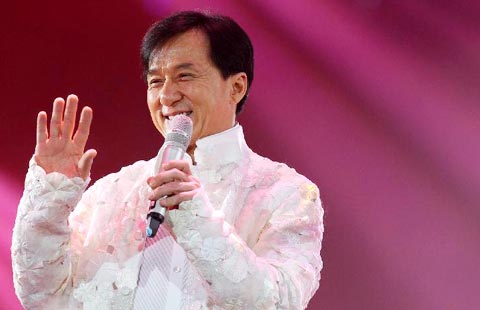



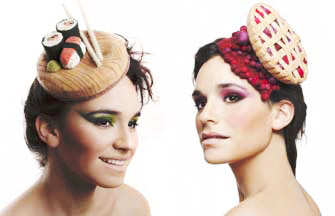



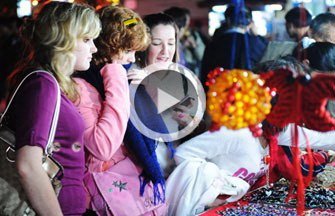
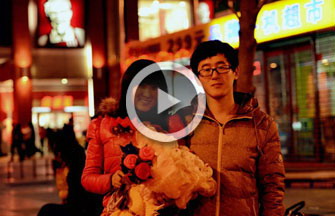
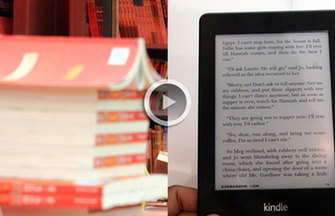
 Raymond Zhou:
Raymond Zhou: Pauline D Loh:
Pauline D Loh: Hot Pot
Hot Pot Eco China
Eco China China Dream
China Dream China Face
China Face
